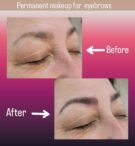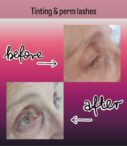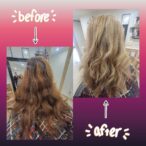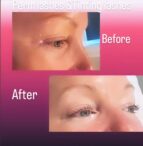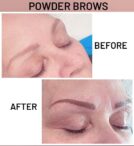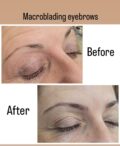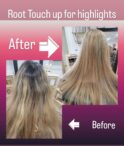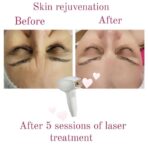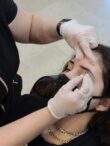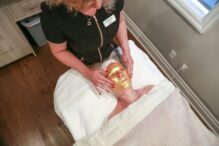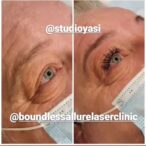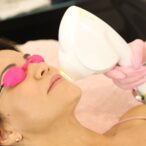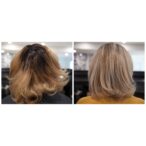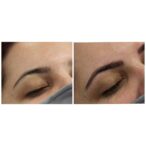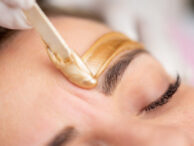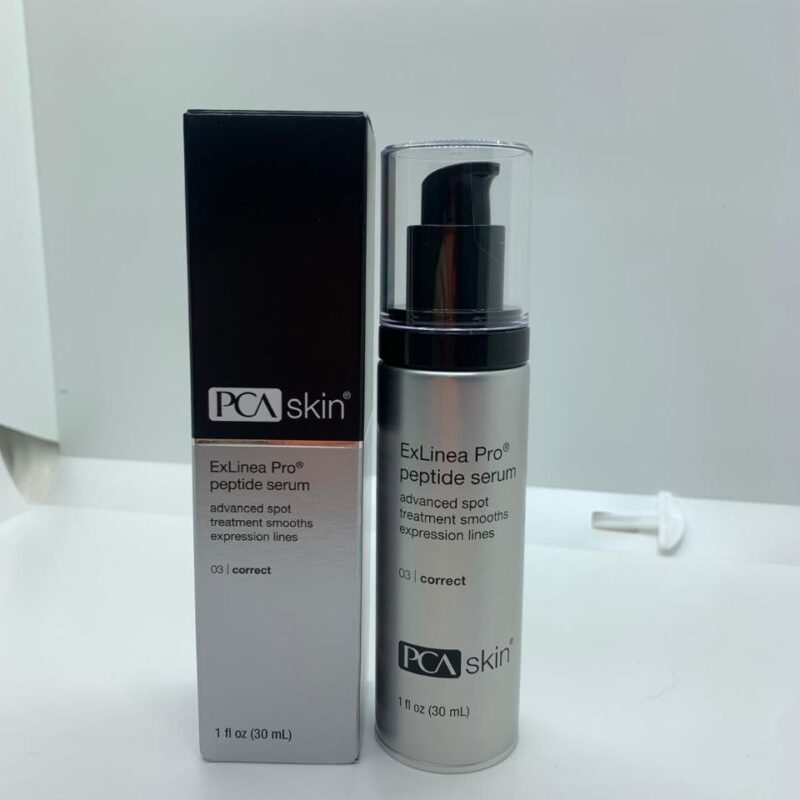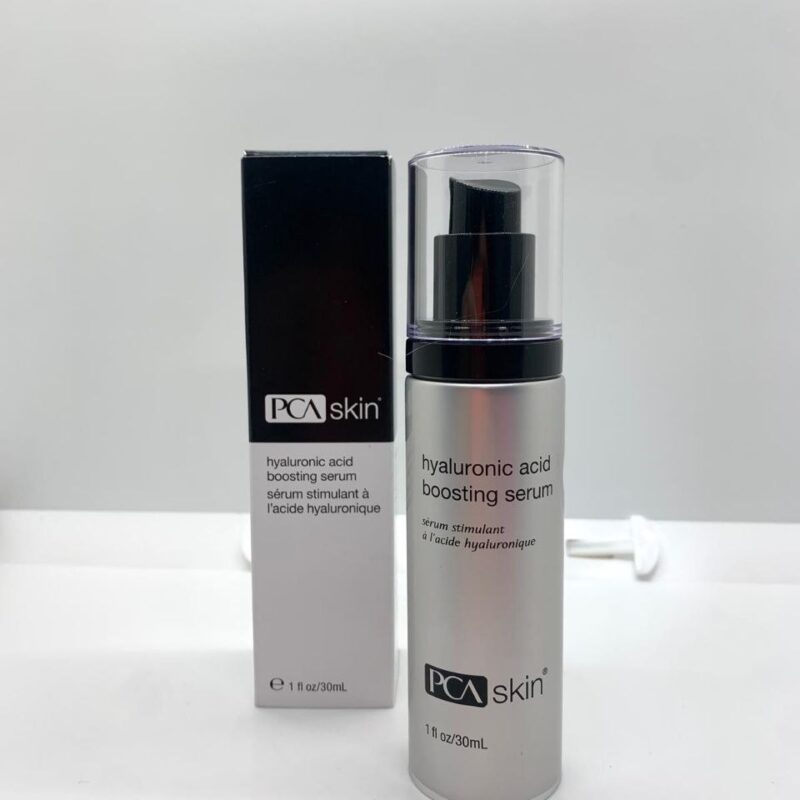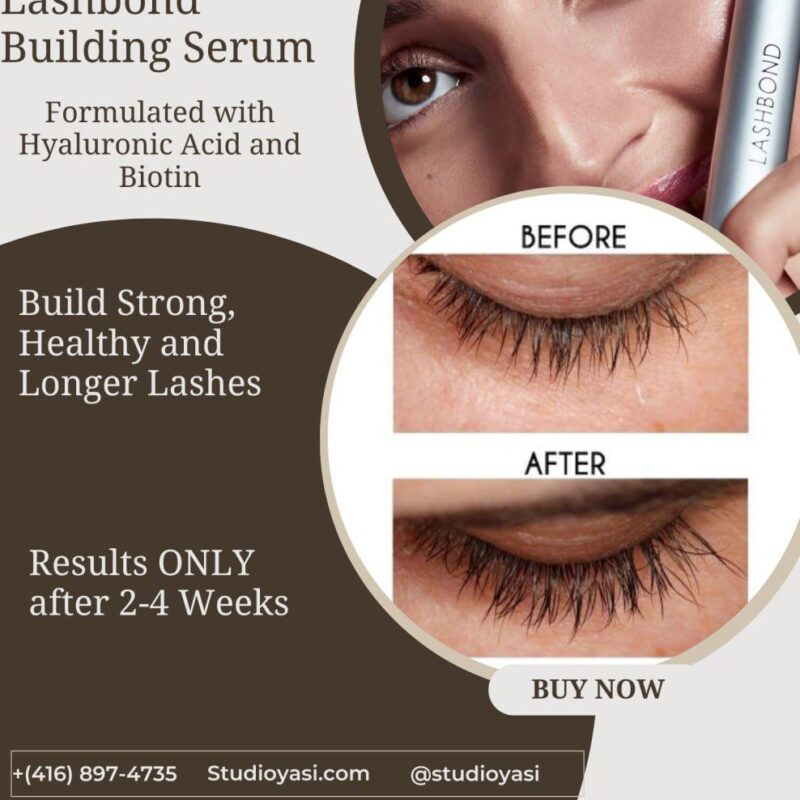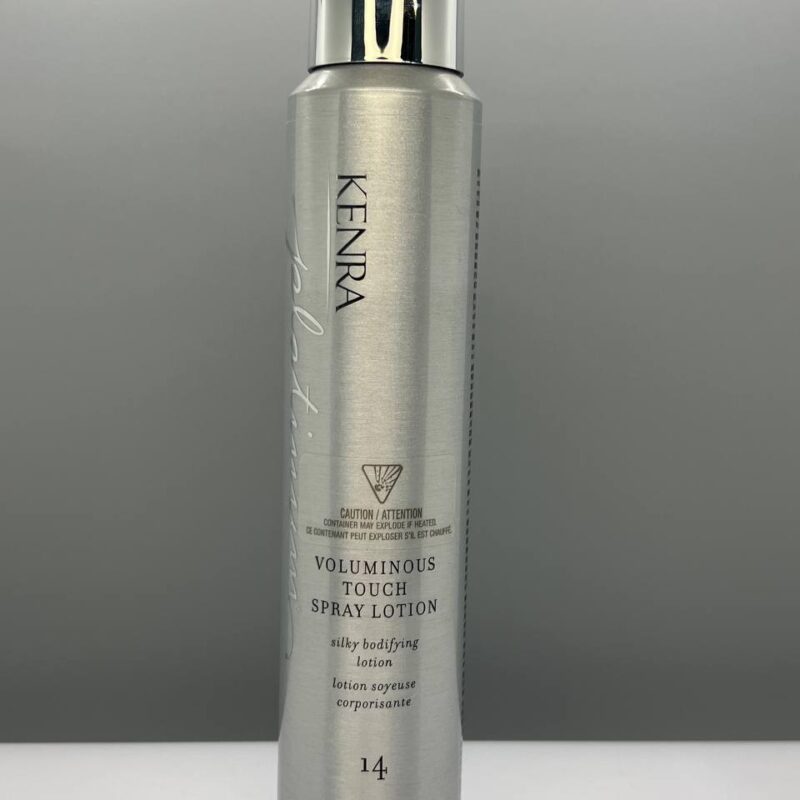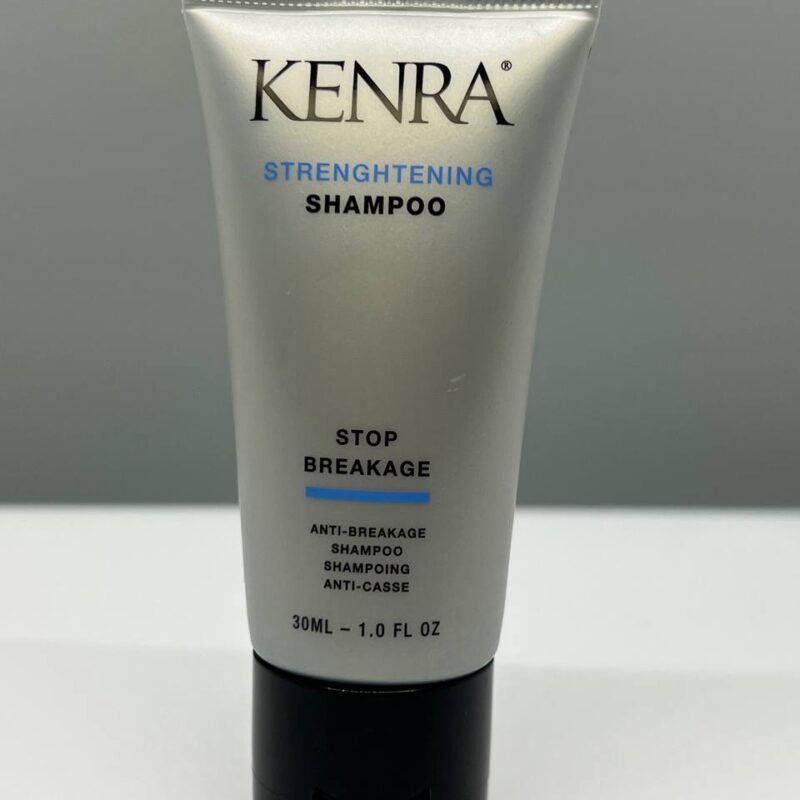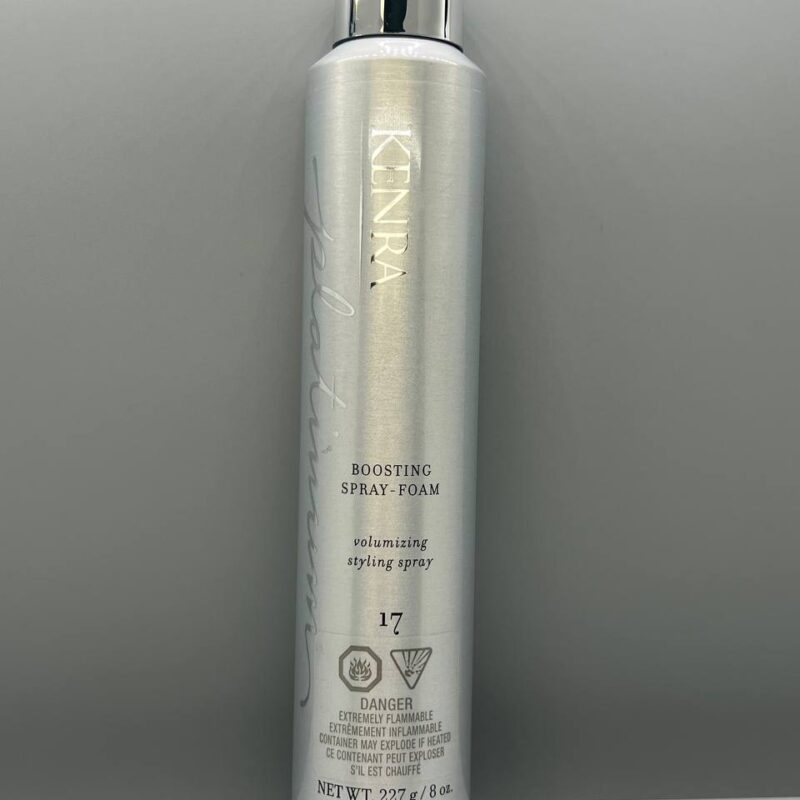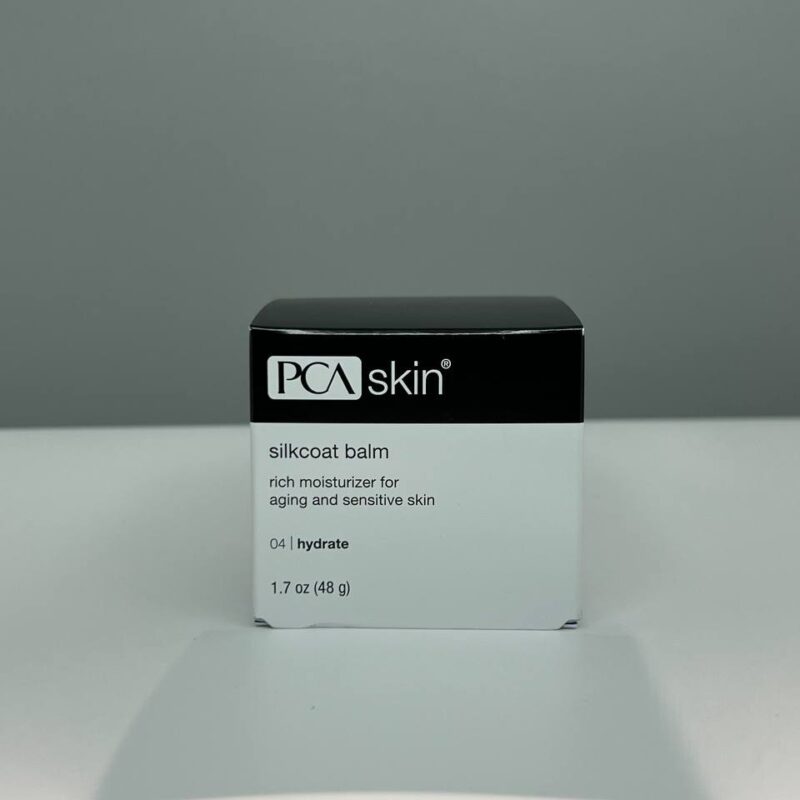What is electrolysis?
Electrolysis is a permanent hair removal method that uses a fine probe to deliver a tiny electrical current to the base of each hair follicle. The current destroys the hair follicle and the root, preventing the hair from growing back. Electrolysis is the only FDA-approved permanent hair removal method. Here’s a more detailed explanation of how electrolysis works:
- Preparing the skin: Before the treatment, the area to be treated is cleansed and numbed with a topical anesthetic.
- Inserting the probe: The electrologist will insert a fine probe into the base of each hair follicle. The probe is typically so fine that it does not puncture the skin.
- Sending the current: The electrologist will then send a tiny electrical current through the probe. The current damages the hair follicle and the root, preventing the hair from growing back.
- Removing the hair: Once the current is applied, the electrologist will remove the hair from the follicle with tweezers.
What is eyebrow threading | best eyebrow threading in Bradford
- Repeating the process: This process is repeated for each hair follicle. Electrolysis can be time-consuming, as it can take many treatments to remove all of the hair follicles in a given area.
12 Handy Tips to Get Strong and Healthy Nails, According to Nail Care Experts

Cons and pros of electrolysis
Electrolysis Pros:
- Permanent hair removal: Electrolysis is the only FDA-approved permanent hair removal method. This means that, with regular treatments, you can permanently eliminate unwanted hair from any area of your body.
- Effective against all hair types: Electrolysis can effectively remove all hair types, including blonde, white, and gray hair. This is because the method targets the hair follicle itself, rather than the melanin pigment in the hair shaft.
- Suitable for all skin types: Electrolysis can be used on all skin types, including sensitive skin. The mild electrical current used in electrolysis is not known to cause any skin irritation or inflammation.
- Individualized treatment: Electrolysis is a highly personalized treatment, as each hair follicle is treated individually. This allows for precise targeting of hair follicles, reducing the risk of scarring or other complications.
- No downtime: Electrolysis treatments do not require any downtime, and you can resume your normal activities immediately after the procedure.
What is Spray Tan? | Tone your Skin with any color
Electrolysis Cons:
- Time-consuming: Electrolysis is a time-consuming process, as it takes multiple treatments to remove all hair follicles in a given area. The exact number of treatments required will vary depending on the individual’s hair growth pattern and the size of the treatment area.
- Requires multiple visits: Electrolysis typically requires multiple treatments, spaced several weeks or months apart. This is because only hairs in the active growth phase can be destroyed by the electrical current. As hairs enter different phases of their growth cycle, they will need to be re-treated to achieve permanent hair removal.
- Costly: Electrolysis is a more expensive hair removal method compared to other options like shaving, waxing, or laser hair removal. The cost of electrolysis will vary depending on the size of the treatment area, the number of treatments required, and the location of the electrologist’s office.
- Requires skill and expertise: Electrolysis requires a skilled and experienced electrologist to perform the procedure correctly. Inexperienced electrologists may not be able to properly target hair follicles, leading to a higher risk of complications such as scarring or skin irritation.
Introducing 10 of Summer 2024’s Hairstyle Trends
How many electrolysis treatments you will need?
The exact number of electrolysis treatments you will need will vary depending on several factors, including:
- Hair density: The more hair follicles you have in the area you want to treat, the more treatments you will need.
- Hair thickness: Thicker hairs are more difficult to destroy with electrolysis, so you may need more treatments to fully remove them.
- Hair growth cycle: Only hairs in the active growth phase can be destroyed with electrolysis, so you will need multiple treatments to target all of the hairs in a given area.
- Skin type: Electrolysis is generally safe for all skin types, but people with sensitive skin may experience more discomfort during treatments.
- Pain tolerance: Electrolysis can be mildly uncomfortable, but topical anesthetics can be used to reduce pain.
In general, most people need between 8 and 12 electrolysis treatments to achieve permanent hair removal. However, some people may need more treatments, and others may be able to get by with fewer. Here is a general guideline for the number of electrolysis treatments you may need for different areas of the body:
- Facial hair: 8-12 treatments
- Underarms: 4-8 treatments
- Bikini area: 8-12 treatments
- Brazilian: 12-16 treatments
- Legs: 12-24 treatments
Remember, these are just estimates, and the actual number of treatments you need may vary. It is important to consult with a qualified electrologist to get an accurate assessment of your hair growth and treatment needs.
Compare electrolysis and laser
Electrolysis and laser hair removal are both permanent hair removal methods, but they use different techniques to achieve this goal. You can see the comparison of the two methods in the following:
Method | Working Principle | Effectiveness | Suitability | Discomfort | Downtime | Cost | Overall |
Electrolysis | Delivers a tiny electrical current to each hair follicle to destroy it. | Permanent | All hair types, including blonde, white, and gray hair. Suitable for all skin types. | Mild to moderate discomfort, but topical anesthetics can be used. | No downtime. | Time-consuming and costly. | Best for permanent hair removal on sensitive areas or people with all hair types. |
Laser hair removal | Uses a concentrated beam of light to target the melanin pigment in hair follicles, causing them to overheat and damage. | Temporary but significant reduction in hair growth, potentially permanent in some individuals. | Best for light to medium-dark hair on Fitzpatrick skin types I-IV. Not suitable for blonde, white, or gray hair. | Mild to moderate discomfort, but topical anesthetics can be used. | Some redness or swelling, but no downtime. | Less time-consuming and less costly than electrolysis. | Best for temporary hair reduction on large areas of the body. |
Overall, electrolysis is a better choice for permanent hair removal, while laser hair removal is a better choice for temporary hair reduction.
Here is a more detailed comparison of the two methods:
Feature | Electrolysis | Laser hair removal |
Working principle | Delivers a tiny electrical current to each hair follicle to destroy it. | Uses a concentrated beam of light to target the melanin pigment in hair follicles, causing them to overheat and damage. |
Effectiveness | Permanent | Temporary but significant reduction in hair growth, potentially permanent in some individuals. |
Suitability | All hair types, including blonde, white, and gray hair. Suitable for all skin types. | Best for light to medium-dark hair on Fitzpatrick skin types I-IV. Not suitable for blonde, white, or gray hair. |
Discomfort | Mild to moderate discomfort, but topical anesthetics can be used. | Mild to moderate discomfort, but topical anesthetics can be used. |
Downtime | No downtime. | Some redness or swelling, but no downtime. |
Cost | More time-consuming and more costly. | Less time-consuming and less costly than electrolysis. |
Ultimately, the best method for you will depend on your individual needs and preferences. If you are looking for permanent hair removal on sensitive areas or people with all hair types, electrolysis is a good choice. If you are looking for temporary hair reduction on large areas of the body, laser hair removal is a good choice.
10 simple tips to take care of dry hair
Know more about types of electrolysis
There are three main types of electrolysis: galvanic electrolysis, thermolysis electrolysis, and blend electrolysis. Galvanic electrolysis is the oldest and most basic form of electrolysis. It uses a direct current of electricity to break down the protein keratin in the hair follicle, which kills the hair root. Galvanic electrolysis is very effective, but it can be slow and painful, especially for people with sensitive skin.
Thermolysis electrolysis is a newer and more efficient form of electrolysis. It uses a high-frequency alternating current of electricity to heat the hair follicle and kill the hair root. Thermolysis electrolysis is faster and less painful than galvanic electrolysis, but it is not as effective on fine or light-colored hair.
Blend electrolysis is a combination of galvanic and thermolysis electrolysis. It uses a combination of the two methods to achieve the best of both worlds: the effectiveness of galvanic electrolysis and the speed and lack of pain of thermolysis electrolysis.
The best type of electrolysis for you will depend on your individual needs and preferences. If you are looking for the most permanent solution, galvanic electrolysis is the best option. If you are looking for the fastest and least painful solution, thermolysis electrolysis is the best option. In addition, if you are looking for a balance of effectiveness, speed, and pain, blend electrolysis is the best option.
What causes unwanted hair growth?
Several factors can contribute to unwanted hair growth, including:
- Genetics: Some people are simply more prone to hair growth than others. This is often due to genetics, as certain genes can increase the production of androgens, hormones that stimulate hair growth.
- Hormonal imbalances: Androgens, particularly testosterone, play a key role in hair growth. High levels of androgens can lead to increased hair growth, especially in areas where androgen receptors are more abundant, such as the face, chin, and chest. Hormonal imbalances can occur due to conditions such as polycystic ovary syndrome (PCOS), menopause, and certain medical treatments.
- Medications: Some medications can increase hair growth as a side effect. These include corticosteroids, minoxidil, and certain antidepressants.
- Medical conditions: Certain medical conditions, such as Cushing’s syndrome and acromegaly, can also lead to increased hair growth.
- Telogen effluvium: This is a temporary condition that can cause excessive hair loss, which can then lead to the regrowth of unwanted hair.
- Skin conditions: Some skin conditions, such as folliculitis, can cause scarring and inflammation, which can lead to the formation of new hair follicles.
- Ingrown hairs: Ingrown hairs can occur when hair curls back into the skin and irritates it. This can lead to inflammation and the formation of new hair follicles.
- Shaving: Shaving can stimulate hair growth by removing the hair at the surface of the skin, which can cause the hair follicle to grow back more quickly and thicker.
How to avoid skin dryness | 14 easy way to help your skin
If you are concerned about unwanted hair growth, it is important to see a doctor to rule out any underlying medical conditions. Treatment options for unwanted hair growth include shaving, waxing, depilatory creams, electrolysis, laser hair removal, and prescription medications.
Who needs electrolysis?
Electrolysis is a permanent hair removal method that can be used on all skin types and hair colors. However, it is not suitable for everyone. Here are some of the people who may benefit from electrolysis:
- People who are tired of shaving, waxing, or plucking their hair. Electrolysis is the only permanent hair removal method available, so it can be a good option for people who are looking for a long-term solution to their unwanted hair growth.
- People with hormonal imbalances that cause excessive hair growth. Electrolysis can be a helpful treatment for people with conditions such as polycystic ovary syndrome (PCOS) and menopause, which can lead to increased hair growth.
- People who have tried other hair removal methods but have not been satisfied with the results. Electrolysis can be more effective than other hair removal methods, such as shaving, waxing, and depilatory creams.
- People who have sensitive skin. Unlike laser hair removal, electrolysis does not use heat to damage the hair follicles, so it is less likely to cause skin irritation or burns.
The Perfect 7-Step to Build Night Skincare Regimen
Which parts of the body can electrolysis treat?
Electrolysis can be used to treat unwanted hair growth on most parts of the body, including:
- Facial hair: Electrolysis is a popular treatment for facial hair removal, including the upper lip, chin, jawline, and cheeks.
- Underarms: Electrolysis can be used to remove unwanted hair under the arms, providing a long-term solution for shaving or waxing.
- Bikini area: Electrolysis is a good option for permanent hair removal in the bikini area, including the pubic area, inner thighs, and buttocks.
- Brazilian: Electrolysis can be used to remove all hair from the bikini area, including the mons pubis, labia majora, labia minora, and perineum.
- Legs: Electrolysis can be used to remove unwanted hair from the legs, including the upper legs, lower legs, and feet.
- Arms: Electrolysis can be used to remove unwanted hair from the arms, including the upper arms and lower arms.
- Back: Electrolysis can be used to remove unwanted hair from the back, including the upper back, lower back, and sides.
- Chest: Electrolysis can be used to remove unwanted hair from the chest, including the pectoral muscles, nipples, and areolas.
While electrolysis can be used to treat unwanted hair growth on most parts of the body, some areas are more difficult or less effective to treat. These include:
- Ears: Electrolysis can be used to remove unwanted hair from the ears, but it can be more difficult to treat hair follicles in this area due to the small size of the follicles and the delicate skin.
- Nose: Electrolysis can be used to remove unwanted hair from the nose, but it is important to be careful not to damage the nasal passages.
- Eyebrows: Electrolysis is not recommended for removing hair from the eyebrows, as it can damage the delicate hair follicles and lead to scarring.
- Scar tissue: Electrolysis is not effective on scar tissue, as the electrical current cannot penetrate the scar tissue to reach the hair follicles.
If you are considering electrolysis, it is important to talk to a qualified electrologist to discuss your treatment options and to determine which areas of your body are best suited for electrolysis.
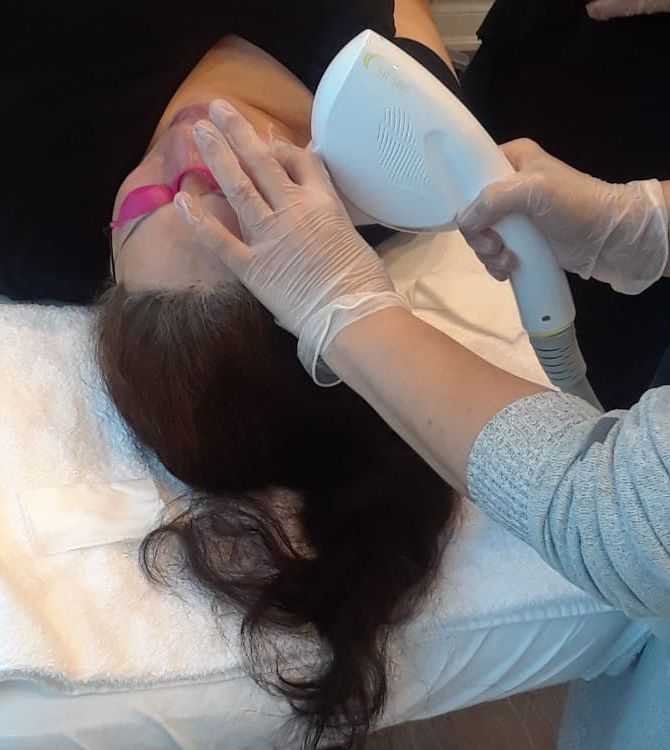
What to expect with electrolysis
Here are some of the things you can expect during an electrolysis treatment:
- The electrologist will ask you about your medical history and any medications you are taking. This is important to ensure that electrolysis is safe for you.
- The electrologist will cleanse the treatment area and apply a topical anesthetic to numb the skin. The anesthetic will reduce pain, but it may not eliminate it.
- The electrologist will use a fine probe to insert into the hair follicle. The probe will deliver a tiny electrical current to the follicle, which kills the hair root.
- The electrologist will remove the probe and repeat the process for each hair follicle. This process can be slow and can take several hours for a large area.
- The electrologist will apply a cold compress to the treatment area to reduce any redness or swelling.
How do I choose an electrologist?
Finding a qualified electrologist is an important step in ensuring that you get the best possible results from your electrolysis treatments. Here are some tips for choosing an electrologist:
1. Check for Certification:
Ask the electrologist if they are certified by the American Electrology Association (AEA) or the International Electrolysis Association (IAE). These organizations have strict standards for education and training, so you can be sure that a certified electrologist is qualified to perform electrolysis.
2. Experience:
Ask the electrologist how many years of experience they have doing electrolysis. The more experience an electrologist has, the better they will be at effectively and safely treating your unwanted hair.
3. Ask About Their Techniques:
Ask the electrologist what techniques they use for electrolysis. There are three main types of electrolysis: galvanic electrolysis, thermolysis electrolysis, and blend electrolysis. Each type has its advantages and disadvantages, so it is important to choose an electrologist who uses the technique that is best suited for your needs.
4. Ask About Their Fees:
Get an estimate of how much electrolysis treatments will cost before you schedule an appointment. Prices for electrolysis can vary depending on the area of the body being treated, the number of treatments required, and the experience of the electrologist.
5. Read Reviews:
Read reviews of the electrologist online and from friends or family members. This can give you a good idea of their experience, skills, and customer service.

6. Interview the Electrologist:
Schedule a consultation with the electrologist to ask any questions you have and to get to know them better. Make sure that you feel comfortable with the electrologist and that you trust them to provide you with the best possible care.
7. Check Their Equipment:
Make sure that the electrologist uses high-quality equipment that is properly sterilized. This will help to ensure that your treatment is safe and effective.
8. Schedule a Free Consultation:
Many electrologists offer free consultations, so you can take the time to meet with them and ask any questions you may have. This will give you a better idea of their qualifications and the type of care they provide.
How to book an appointment from Studio Yasi?
There are two ways to book an appointment with Studio Yasi in Bradford, Ontario: online or in person.

Booking Online:
- Go to Studio Yasi’s website: https://studioyasi.com/
- Click on the “Online Reservation” tab.
- Fill the the desired service, phone numbet, date, and time.
- Enter your contact information and any special requests and done.
Know more about Studio Yasi services
Booking in Person:
- Visit Studio Yasi’s Bradford location: 214 Richardson cres Bradford Ontario
- Ask one of the staff members to book an appointment for you.
- Provide them with your desired service, date, and time.
Conclusion
white laser hair removal is an innovative cosmetic procedure designed to address the challenges of removing lighter hair colors, such as blonde, red, or grey. Utilizing advanced laser technology, this method aims to target hair follicles by directing a concentrated beam of light, which is absorbed by the hair pigment. While results may vary among individuals, white laser hair removal offers a potential solution for those with lighter hair colors who seek a long-term reduction in unwanted hair.
However, individuals must undergo a thorough consultation, understand the potential risks, and follow proper aftercare measures to achieve and maintain optimal results. As with any cosmetic procedure, the effectiveness and safety of white laser hair removal may be influenced by factors such as skin type and the specific laser technology employed.
FAQ
Electrolysis is a permanent hair removal method that uses a tiny electrical current to destroy the hair follicle. It is the only FDA-approved method for permanent hair removal.
During electrolysis, a fine probe is inserted into the hair follicle. The probe delivers a tiny electrical current to the follicle, which kills the hair root. This prevents the hair from growing back.
The number of treatments required will vary depending on the area of the body being treated, the thickness of the hair, and the individual’s hair growth cycle. However, most people need between 6 and 12 treatments to achieve permanent hair removal.
Electrolysis can be painful, but the pain can be reduced with the use of topical anesthetics.
The most common side effects of electrolysis are redness, swelling, and pain. These side effects typically resolve within a few hours. In rare cases, electrolysis can cause scarring or infection.
Electrolysis is generally safe when performed by a qualified electrologist. However, there is a small risk of scarring or infection.
A qualified electrologist is someone who has been trained and certified in electrolysis. They should be a member of a professional organization, such as the American Electrology Association (AEA) or the International Electrology Association (IAE).
When choosing an electrologist, look for someone who is:
- Certified by a professional organization
- Experienced in treating your desired area of the body
- Patient and understanding of your concerns
Before your electrolysis treatment, you should:
- Shower and shave the area of the body to be treated
- Avoid using any lotions or creams on the treatment area
- Avoid taking any medications that can thin the blood
- What should I do after my electrolysis treatment?
After your electrolysis treatment, you should:
- Avoid touching or rubbing the treatment area
- Apply a cold compress to the treatment area to reduce any redness or swelling
- Do not wear tight clothing or jewelry that rubs against the treatment area
- Avoid strenuous activity for a few hours after the treatment
After your electrolysis treatment, you should:
- Avoid touching or rubbing the treatment area
- Apply a cold compress to the treatment area to reduce any redness or swelling
- Do not wear tight clothing or jewelry that rubs against the treatment area
- Avoid strenuous activity for a few hours after the treatment
To maintain your results, you will need to have touch-up treatments every few months. The frequency of touch-up treatments will vary depending on the individual.
Do you want laser hair removal? please call
 4168974735
4168974735


Why chose Laser?
Laser is a pain free treatment that targets hair follicles with accuracy without damaging the skin around it. Unlike shaving or waxing, laser has long lasting results. After each session hair growth slows downs. Eventually, the hair becomes finer and lighter, with some areas remaining hair-free. 10% to 25% reduction in hair after the first treatment. This low maintenance hair removal is perfect for woman who are always on the run and don’t need another thing on their plate.




